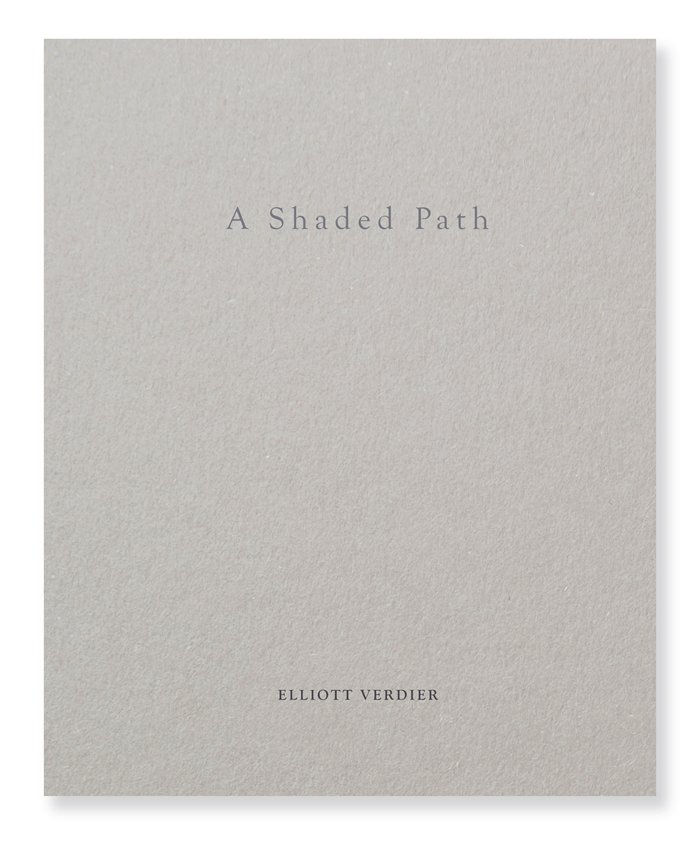Elliott Verdier is a 25 year-old photographer from Paris, where he studied at Ecole de Condé while starting documentary projects during summer holidays. Working on long term projects with his 4×5 large format camera, his photographs focus on human condition from different parts of the world and has been recompensed with few awards. His series A Shaded Path is a portrait of Kyrgyzstan, a country where youth chase modernity in a landscape marked by its Soviet past. The project is to be discovered at Espace Andrée Chedid, Paris, from June 30th.
How did you start in photography?
I remember very well this day in 2001 when my nanny took me all over Paris to take pictures. I remember it well because it is a truely happy memory, a day I decided to be a photographer instead of train ticket seller. I still have those pictures today, my finger appears on half of them. Later, I reconnected with my godfather. He was a photography print collector and I spent hours among them. He transmitted me his sensitivity over all.
What is A Shaded Path about?
The main aim of the project was to find a subtle balance between melancholy and hope. Use the light and the people as they are to highlight a country that lies in the shadow, and more precisely the generational disparities between those nostalgic of an abolished USSR order and modern westernized youths born after the fall.
“I like to think that it will be the first and the last time that people will be shot with a large format camera. It’s keeping a unique track of them. A Shaded Path is about existential struggle and memory”.
It covers the trials of a young, woebegone country struggling to simultaneously form a national identity and keep apace with a global economy. I like to think that it will be the first and the last time that people will be shot with a large format camera. It’s keeping a unique track of them. A Shaded Path is about existential struggle and memory.
What did inspire you and how did you come to photograph this little-known country?
I like to travel to places that a man like me, born in a middle class family from Paris, would have never been. Meet people I would have never met. I want to testify of the world apart from hot news, with deep social issues, to take time and break into people’s intimacy. This is why I try to find original themes that suit my everyday quest for beauty through struggling people full of nostalgia, melancholy and sensitivity.
Traveling to Kyrgyzstan with Céline Meunier
I was more and more interested in Central Asia after my trip to Mongolia. And I remember looking at a map and wondering what was Kyrgyzstan. I literally had never heard of this country before. I know, it’s a shame! I started doing some research on it and found very little about it. So I decided to go for a month to see by myself.
How did you come into contact with the inhabitants?
People were very friendly and open to me. Photography undoubtedly connects people, so when they accepted me to take them in picture, they were naturally sharing me their story. My large format camera, which needs time to settle helps to create a special relationship with them. I was looking for some new persons to portray everyday, everywhere. The people on the pictures are very diverse. There is some I just met quickly on the streets, but I’ve spent hours with veterans, nights with young people. Men and women in coal mines. Fishers. Hunters. I waited months for some to accept, spent as much time to set up some portraits, find the good spots, the good light. Sometimes, unfortunately, I hadn’t got the time to take people who accepted.

What has particularly marked you in this country drawn between tradition and transition?
I have to say that the first time I went there, I was surprised how modern was the youth of Bishkek. Kyrgyzstan is really a forgotten territory in western countries. It is shameful but, in the collective consciousness, it is still isolated, wild, recluse. In Bishkek, I have met all kind of people I could meet down my street in some various places I could go in Paris also. I could feel this existential struggle, especially with the youth, because the world is not watching over there. If you do not exist in others people eyes, it is difficult to exist for yourself.
A Shaded Path has just been published by Another Place Press and you can pre-order the book here, and also is the subject of an exhibition in Paris from June 30th.
Visit Elliott Verdier’s website for more pictures.


















